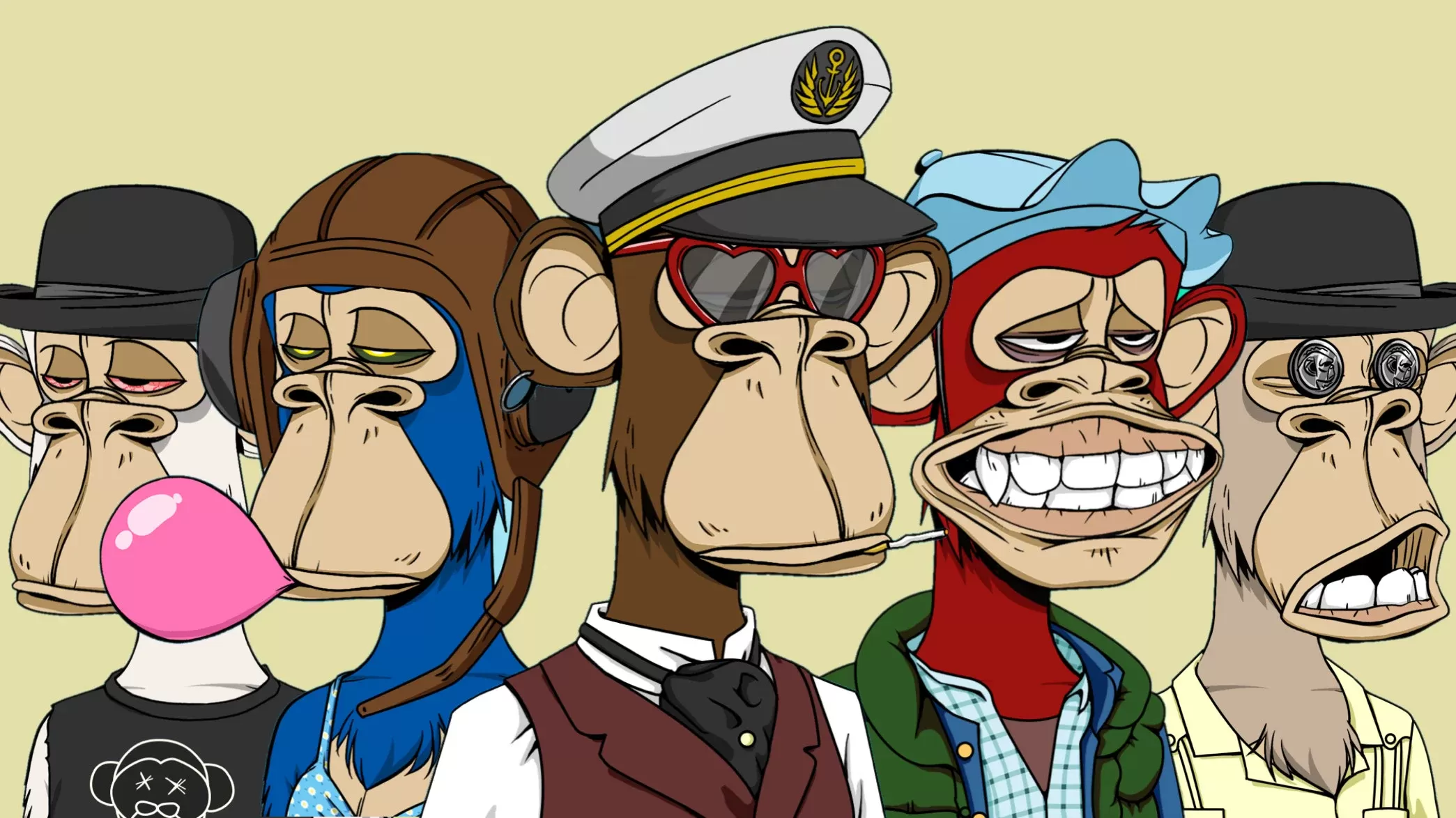NFT 101
Brief History of NFTs
Meni Rosenfeld’s 2012 introduction of the idea of Colored Coins may be traced back to the beginning of the evolution of non-fiat currencies. It was intended to represent and manage real-world assets on the Bitcoin blockchain by affixing a symbol to bitcoin tokens that signify their use case. Although the notion failed since the Bitcoin network was not designed with such capabilities in mind, it paved the way for several subsequent advancements.
In 2014, Kevin McCoy issued the first-ever NFT, Quantum, utilizing the Namecoin network, which is a fork of the Bitcoin blockchain. The visual representation of Quantum is an animated octagon packed with hypnotically pulsing forms of various types.
Following these events, substantial experimentation and development happened, and platforms were constructed on top of the Bitcoin network. The Ethereum blockchain also began its rule over non-fungible tokens.

Uncovering the Value of NFTs
Digital art is the most prevalent use of NFTs nowadays because the features of NFTs make them ideal for representing one-of-a-kind works of art. Most people are likely familiar with NFTs in this context, although its applications extend well beyond the creative realm.
Since acquiring and reproducing online artwork is so simple, the digital art industry has long been plagued by authenticity difficulties. This issue is resolved with non-fungible tokens, which make it fast and straightforward for anybody to verify the validity and ownership of artwork by making this information publicly accessible on the blockchain.
NFTs are therefore positioned to democratize the art industry by facilitating direct artist-to-consumer sales and the collection of resale royalties. They enable peer-to-peer trades, eliminating middlemen that take a part of the profits and sidestep conventional distribution mechanisms that may not be inclusive.
Because NFTs make it simple to confirm the authenticity and uniqueness of digital things, they enable the production of digital collectables, which was previously impossible due to the ease with which digital files could be duplicated.
With NFTs, you can now demonstrate that your digital asset is authentic and not a replica. Furthermore, digital NFT collectables cannot be harmed in the same manner that actual items can, hence their value will not decrease.
Policies
Our Products
-
Design Your Own